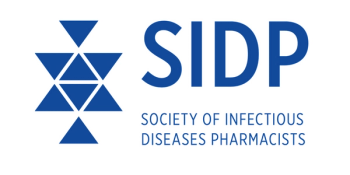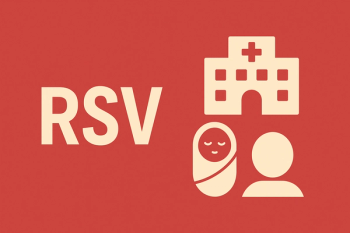
Relaxed Medicaid Regulations Are Giving More Individuals Access to Hepatitis C Treatment
Hepatitis C is more curable than ever thanks to direct-acting antivirals, and now, a new study shows how expanded access to these drugs through Medicaid is helping more individuals get treated.
Medicaid programs around the country are relaxing restrictions on who qualifies for hepatitis C drugs, and in a new study, researchers have found that this is leading to a significant rise in the number of individuals accessing treatment.
While about 25% of those with acute cases of HCV see their infections clear without treatment, today chronic and acute infections that don’t pass on their own can be treated successfully with direct-acting antivirals (DAA). In a new
The new study looked at 273,158 DAA prescriptions dispensed in 49 states and the District of Columbia over a 2.5-year study period from 2014 to 2016. They found that while the number of DAA prescriptions declined from 21,061 in the second quarter of 2014 to 13,555 in the fourth quarter of that year, they rose to 40,546 by the third quarter of 2016. Most of those new prescriptions were for the drug sofosbuvir, an effective but expensive drug that had only been available with strict criteria to Medicaid recipients when it was first introduced in 2014. The increase in prescriptions, the authors noted, followed an easing of restrictions by states as well as Medicaid expansion made available by the Affordable Care Act.
“In conclusion, relaxation of Medicaid DAA treatment eligibility requirements in terms of disease severity and substance use abstinence may have contributed to increased treatment access for HCV-infected Medicaid enrollees,” the authors write. “Despite the obvious implications for Medicaid program cost, this expansion is necessary to significantly reduce the burden of HCV related mortality.”
Newsletter
Stay ahead of emerging infectious disease threats with expert insights and breaking research. Subscribe now to get updates delivered straight to your inbox.






























































































































































































































































































